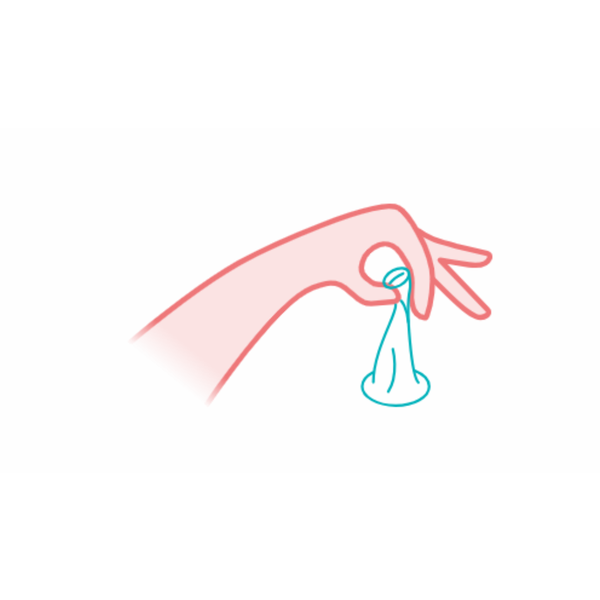Condoms are the only type of contraception that protect you against sexually transmitted infections (STIs) and unintended pregnancies.
Internal-use condoms are made from a very thin soft plastic called polyurethane, and are worn inside the vagina to prevent semen getting into the womb.
Condoms are a good method of contraception if you remember to keep them with you when you think you are going to have sex. You should also be confident about using them or asking your partner to use them.
Internal condoms are not as widely available as external condoms and are more expensive to buy, but they are available for free from sexual health clinics.
They can be inserted up to eight hours before sex.
You can book an appointment for contraception at axess here.
*for perfect use (typical use 79% effective)

Take the internal-use condom out of the packet, taking care not to tear it.
Squeeze the smaller ring at the closed end and insert it into the top of the vagina, up to eight hours before sex. Make sure that the large ring at the open end of the condom covers the area around the vaginal opening.
When you are having sex, make sure that the penis enters into the condom. Remove the condom immediately after sex by gently pulling it out, twisting the large ring to prevent semen leaking out. Do not flush the internal-use condom down the toilet, throw it in the bin.
Yes. Menstrual blood is a natural fluid and will not have any impact on the condom's effectiveness.
If you are using condoms to prevent pregnancy or to prevent STIs, you should use them during sex on any day of your cycle, including during your period.
When you feel ready to have sex again, it is safe for you to use a condom.
You may need to use one even if you are returning to another method of contraception, as it can take time for other methods to start working.
Any kind of lubricant can be used with internal polyurethane condoms.
No. There are no restrictions on buying condoms, or for getting free and confidential advice about using condoms or other contraception at your local sexual health clinic.
Yes. If you think you are at risk of STIs, you should use a condom during sex when pregnant, to protect yourself and your baby from contracting an infection.
If the condom splits or comes out of place, you can visit a pharmacy to receive emergency contraception (EC).
You will need to use condoms:
Internal condoms become less effective if: